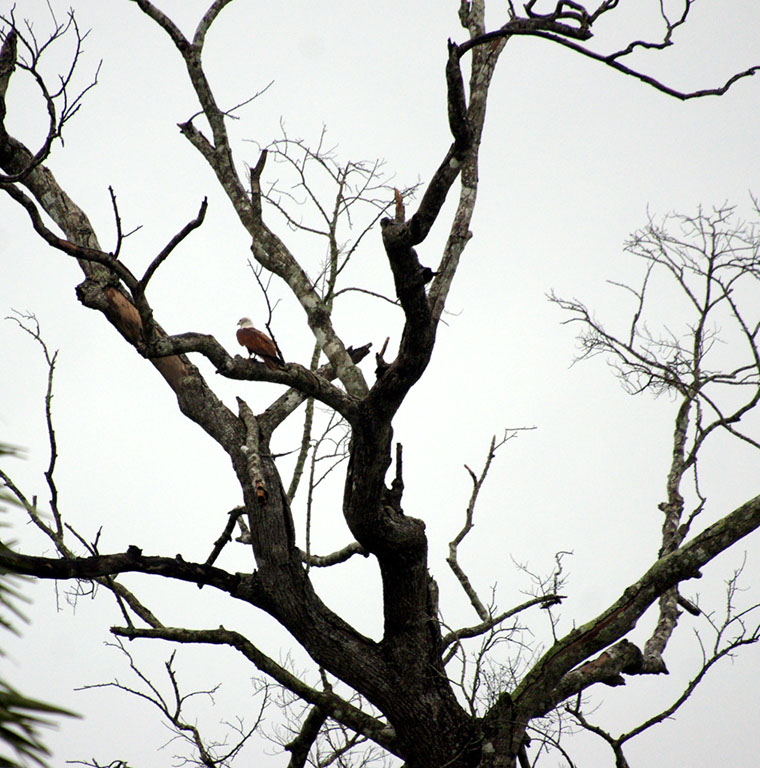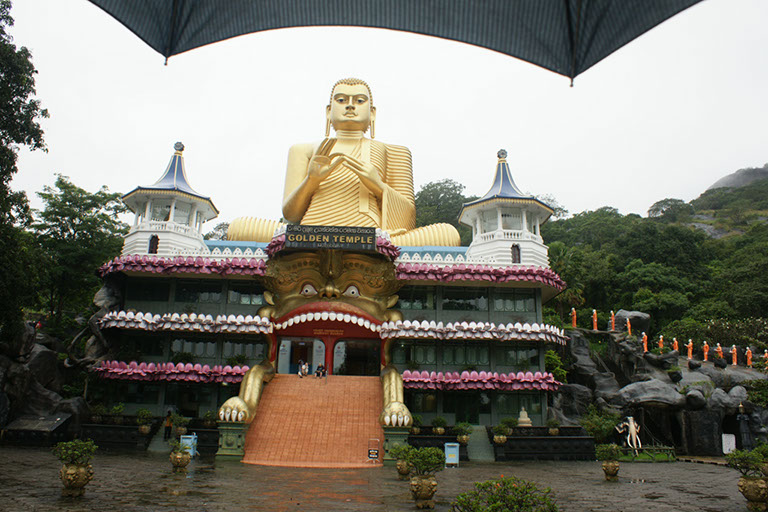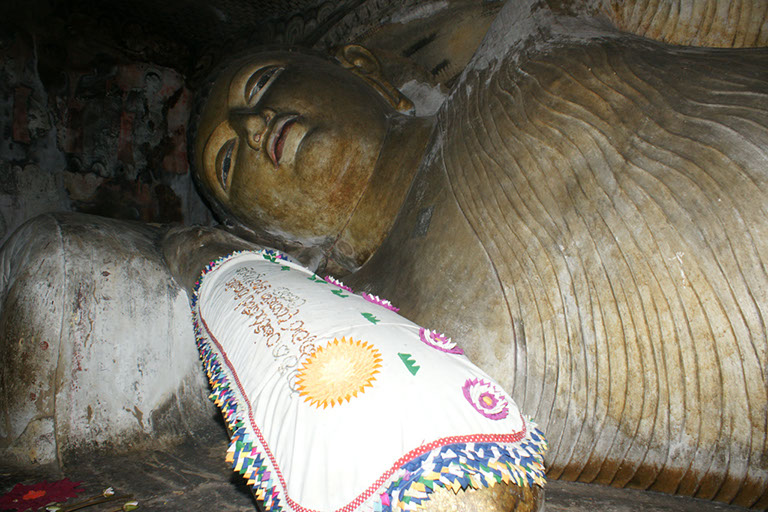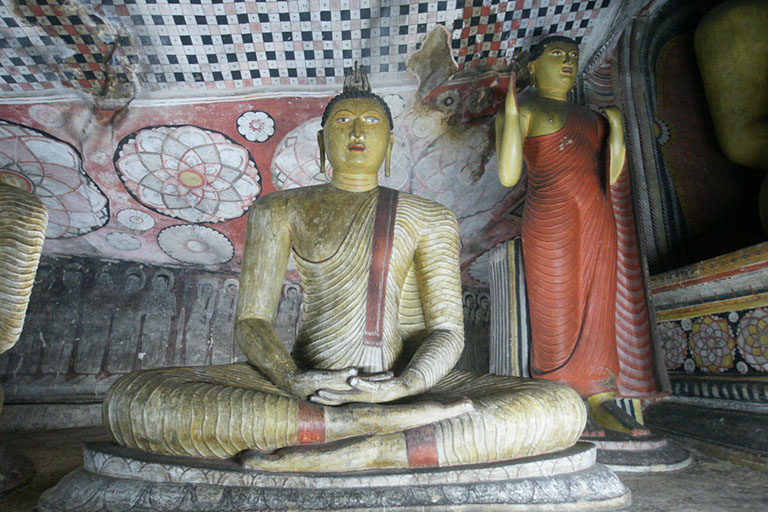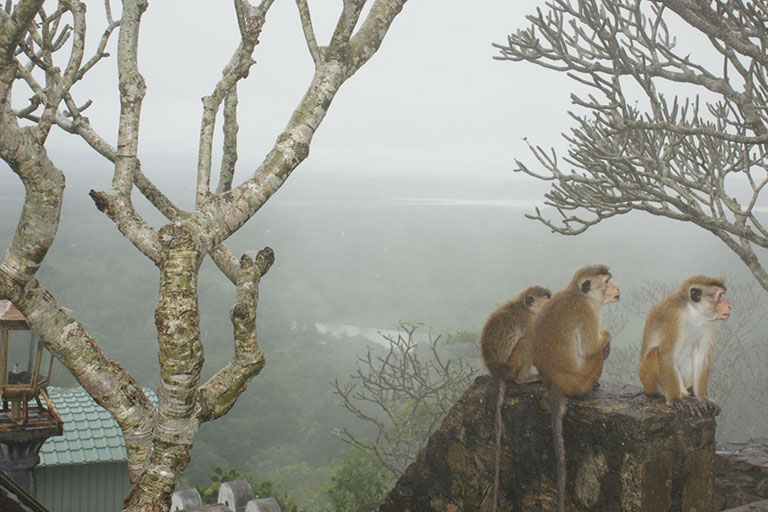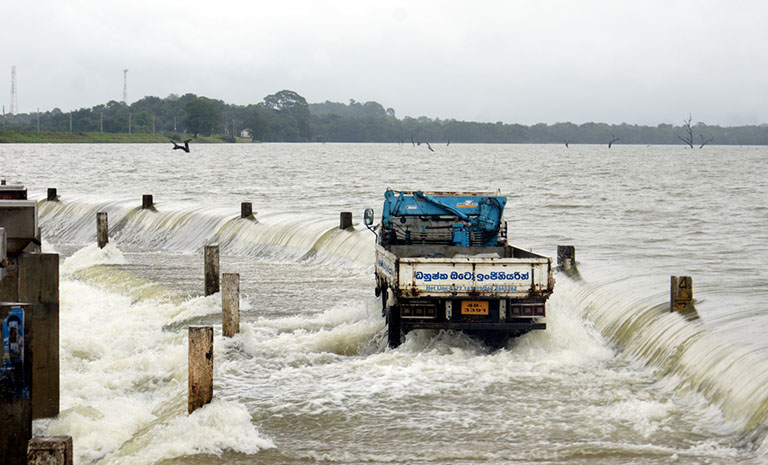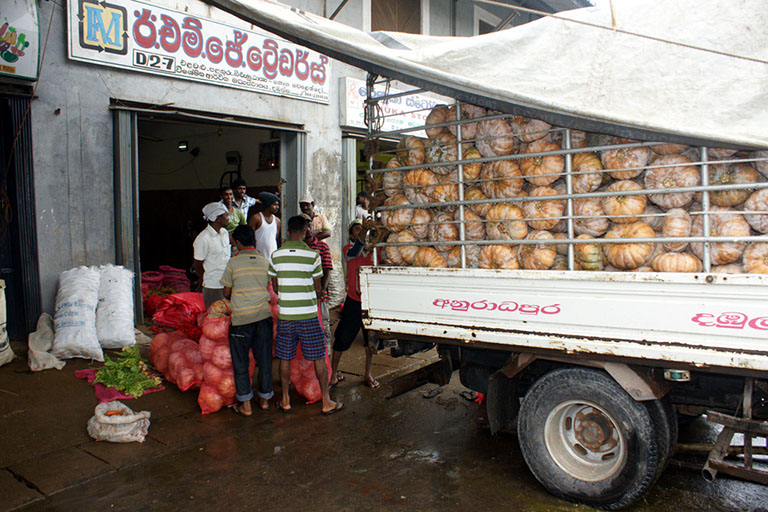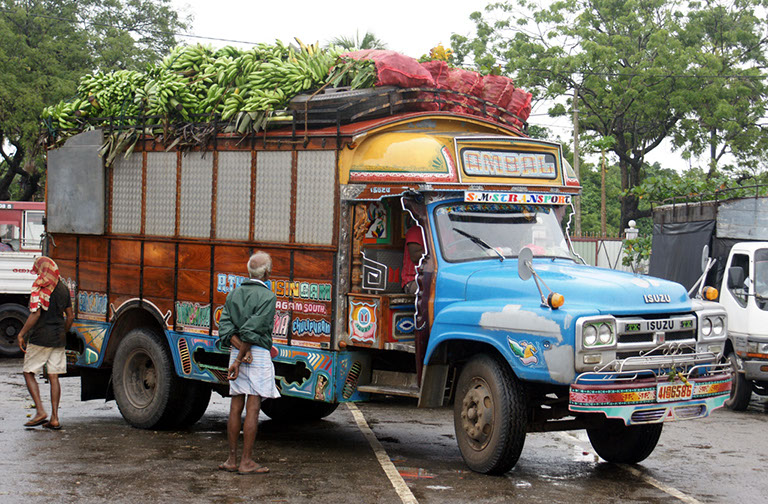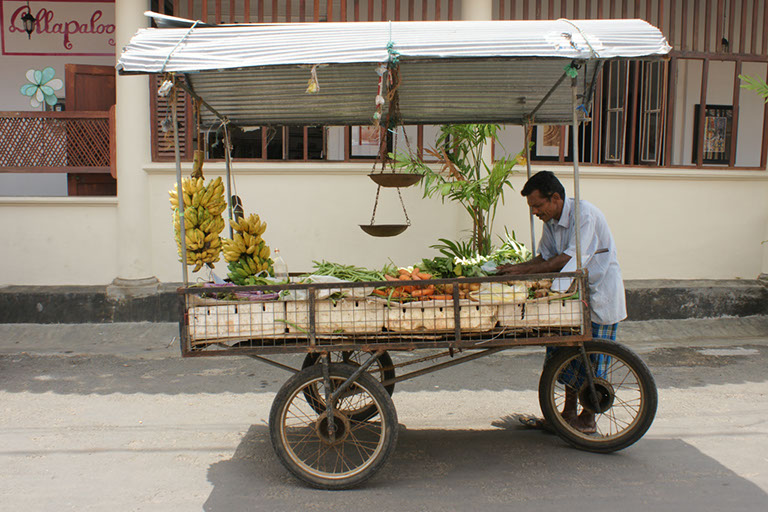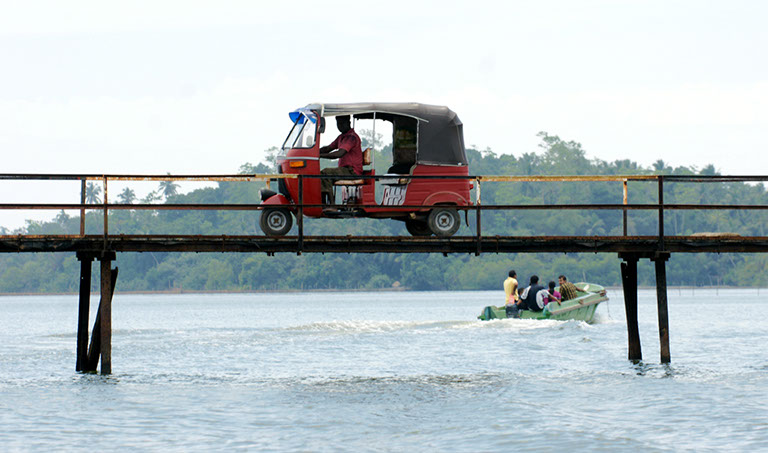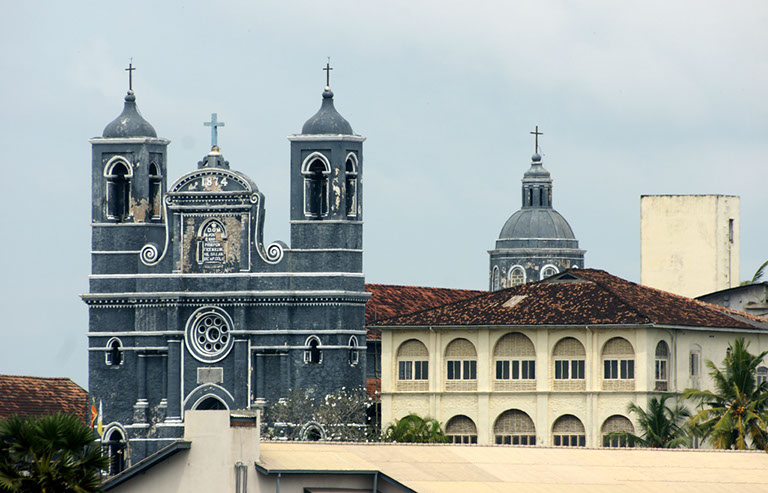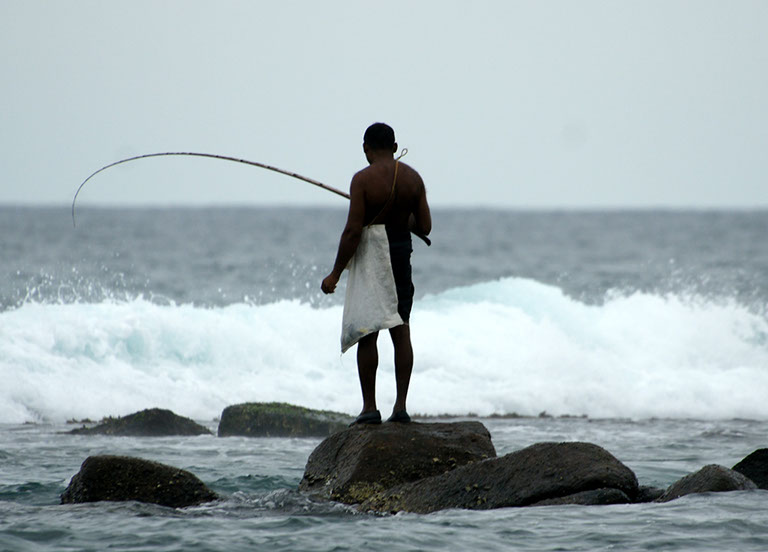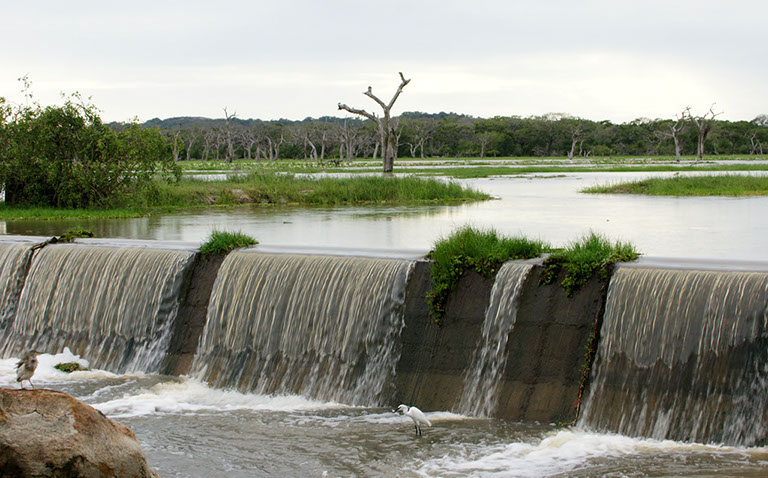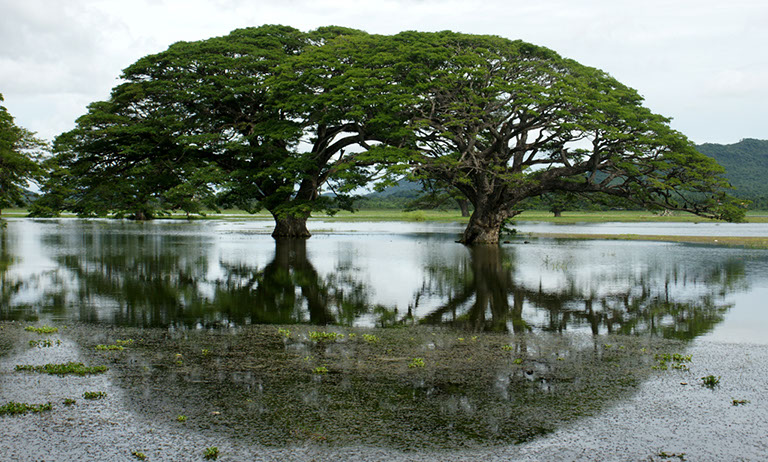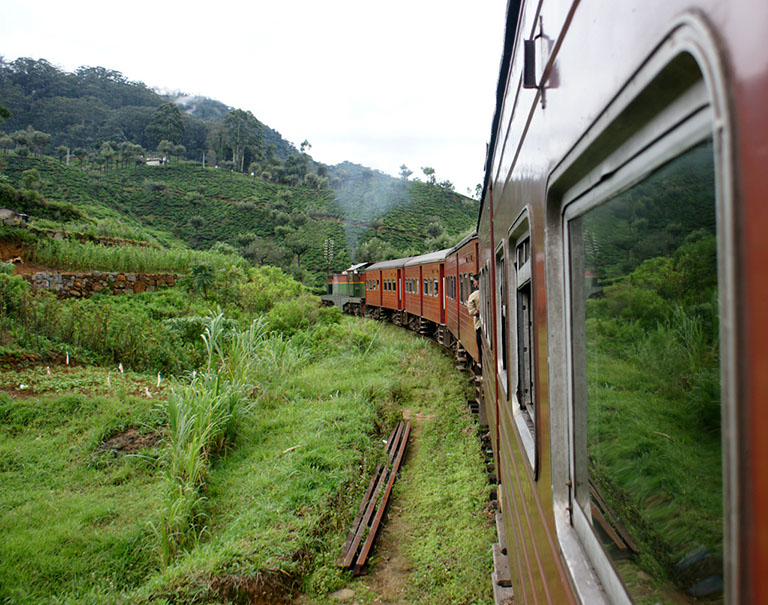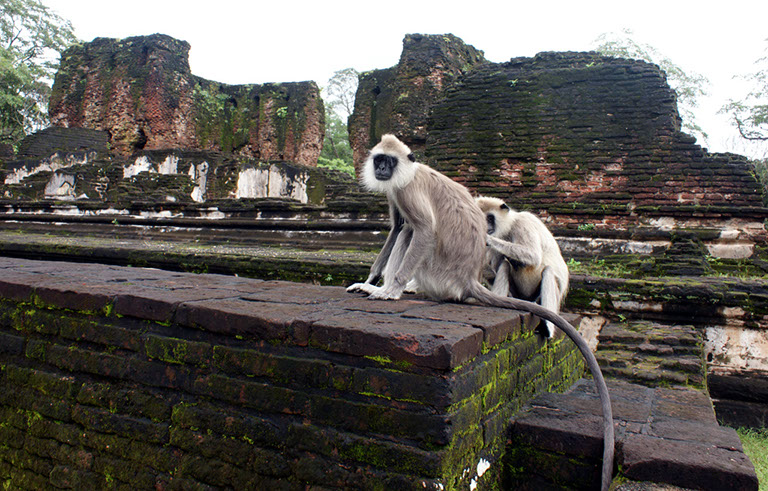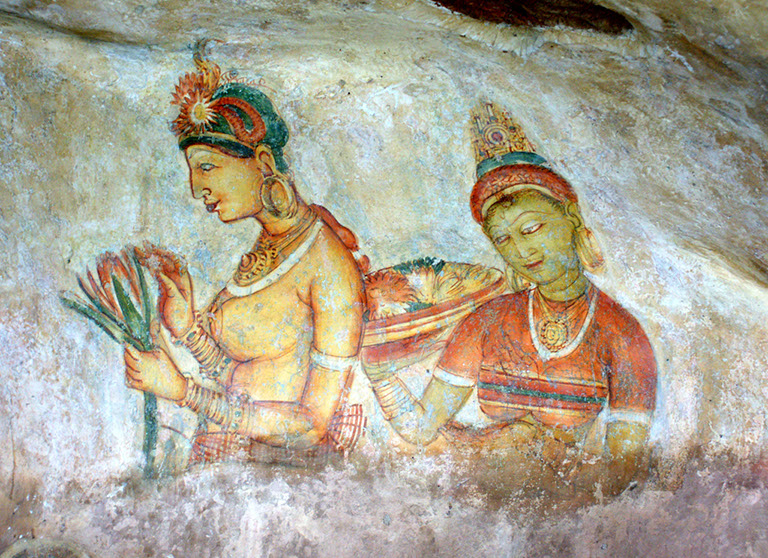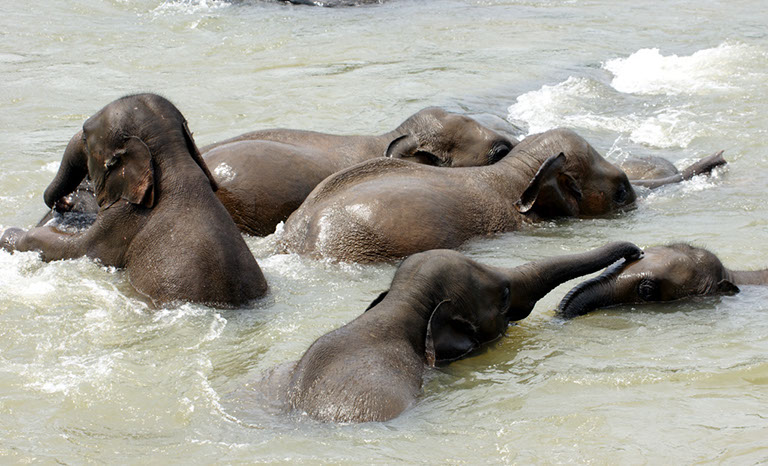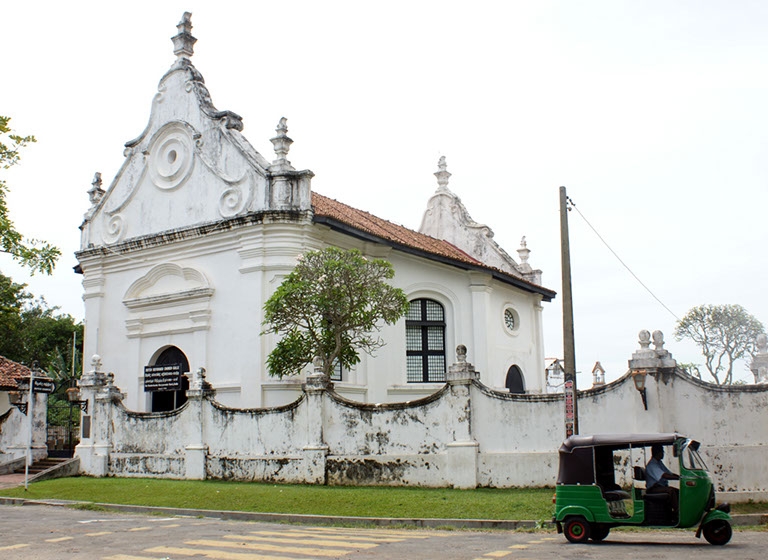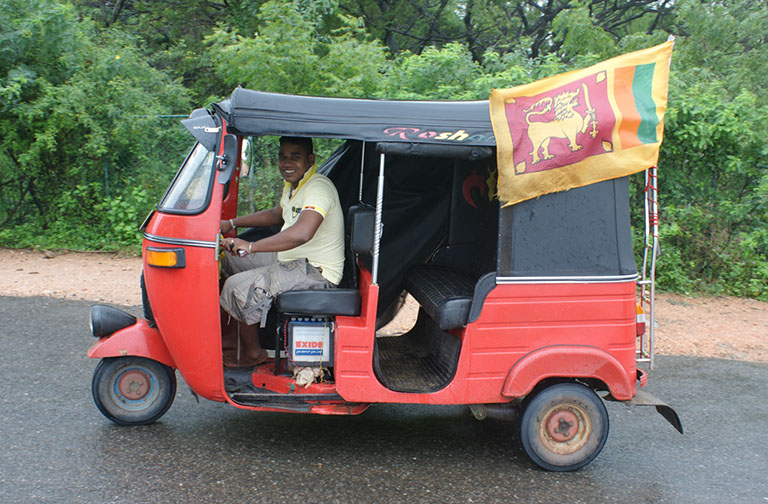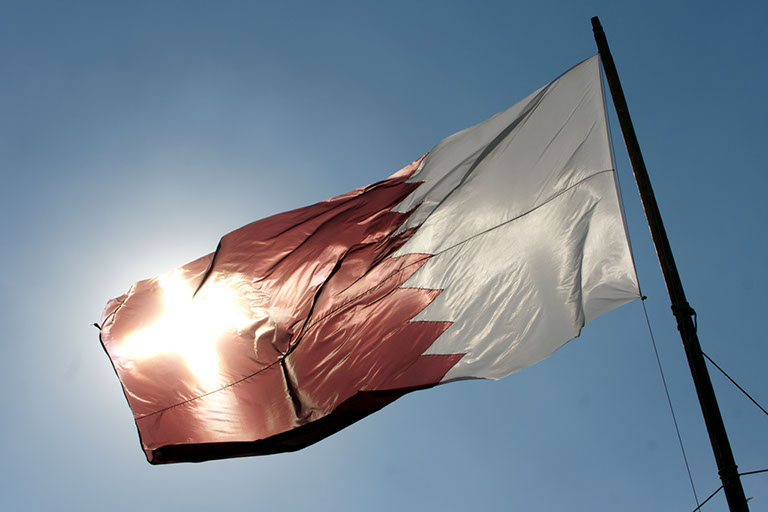Montag, 7. Februar 2011
Regen, Regen, Wasser vom Himmel ohne Ende. Nicht einmal der Funke einer Hoffnung. Gar keine Lust aufzustehen. Im Nordosten Sri Lankas ist Hochwasser. Die Regierung empfiehlt, nicht in dieses Gebiet zu fahren. Wir müssen unser Programm umstellen, zum Glück sind wir nicht schon dort und kommen nicht mehr weg. Wir werden zwei weitere Tage hier im Gebiet um Sigiriya bleiben, doch in unserem Hotel sind heute Abend alle Zimmer belegt. Dinesh hat schon über die Kompanie ein neues Hotel ganz in der Nähe ausgemacht. Wir schauen es uns an und entscheiden, dort zumindest eine Nacht zu bleiben.
Wir fahren zum Goldtempel und Höhlentempel, auch ein Weltkulturerbe der Unesco. Und das war wirklich gut. Diesmal ohne Guide. Wir werden alles im Internet nachlesen, was man wissen muss. www.goldentemple.lk Hier die Webseite mit ausführlicher Beschreibung.
Dambulla cave temple
Dambulla cave temple (Sinhala: දඹුලු ලෙන් විහාරය dam̆būlū len
vihāraya, Tamil: தம்புள்ளை பொற்கோவில் tampuḷḷai poṟkōvil) also known as
the Golden Temple of Dambulla is a World Heritage Site (1991) in Sri
Lanka, situated in the central part of the country. This site is
situated 148 km east of Colombo and 72 km north of Kandy. It is the
largest and best-preserved cave temple complex in Sri Lanka. The rock
towers 160 m over the surrounding plains.There are more than 80
documented caves in the surrounding area. Major attractions are spread
over 5 caves, which contain statues and paintings. These paintings and
statues are related to Lord Buddha and his life. There are total of 153
Buddha statues, 3 statues of Sri Lankan kings and 4 statues of gods and
goddesses. The latter include two statues of Hindu gods, the god Vishnu
and the god Ganesh. The murals cover an area of 2,100 square meters.
Depictions on the walls of the caves include the temptation by the demon
Mara, and Buddha's first sermon.
Prehistoric Sri Lankans would have lived in these cave complexes before
the arrival of Buddhism in Sri Lanka as there are burial sites with
human skeletons about 2700 years old in this area, at Ibbankatuwa near
the Dambulla cave complexes.
History
Dating back to the 1st century BC, this is the most impressive cave
temple in Asia. It has five caves under a vast overhanging rock, carved
with a drip line to keep the interiors dry. In 1938 the architecture was
embellished with arched colonnades and gabled entrances. Inside the
caves, the ceilings are painted with intricate patterns of religious
images following the contours of the rock. There are images of the Lord
Buddha and bodhisattvas, as well as various gods and goddesses.
The Dambulla cave monastery is still functional and remains the
best-preserved ancient edifice in Sri Lanka. This complex dates from the
3rd and 2nd centuries BC, when it was already established as one of the
largest and most important monasteries. King Valagambahu is
traditionally thought to have converted the caves into a temple in the
1st century BC. Exiled from Anuradhapura, he sought refuge here from
South Indian usurpers for 15 years. After reclaiming his capital, the
King built a temple in thankful worship. Many other kings added to it
later and by the 11th century, the caves had become a major religious
centre and still are. King Nissanka Malla gilded the caves and added
about 70 Buddha statues in 1190. During the 18th century, the caves were
restored and painted by the Kandyan Kings.
The temple is composed of five caves, which have been converted into shrine rooms. The caves, built at the base of a 150m high rock during the Anuradhapura (1st century BC to 993 AD) and Polonnaruwa times (1073 to 1250), are by far the most impressive of the many cave temples found in Sri Lanka. Access is along the gentle slope of the Dambulla Rock, offering a panoramic view of the surrounding flat lands, which includes the rock fortress Sigiriya, 19 km away. Dusk brings hundreds of swooping swallows to the cave entrance. The largest cave measures about 52m from east to west, and 23m from the entrance to the back, this spectacular cave is 7m tall at its highest point. Hindu deities are also represented here, as are the kings Valagamba and Nissankamalla, and Ananda - the Buddha's most devoted disciple.
The first cave is called Devaraja lena (lena in sinhalese meaning cave), or "Cave of the Divine King." An account of the founding of the monastery is recorded in a 1st-century Brahmi inscription over the entrance to the first cave. This cave is dominated by the 14-meter statue of the Buddha, hewn out of the rock. It has been repainted countless times in the course of its history, and probably received its last coat of paint in the 20th century. At his feet is Buddha's favorite pupil, Ananda; at his head, Vishnu, said to have used his divine powers to create the caves.
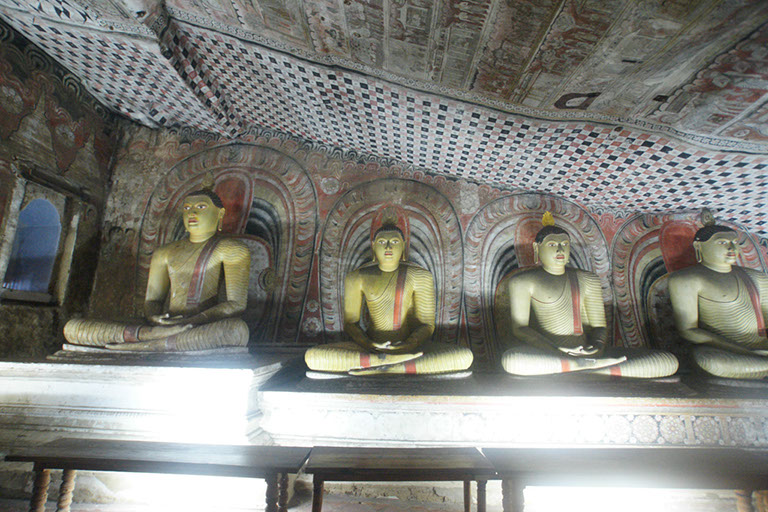
Cave of the Great Kings
In the second and largest cave, in addition to 16 standing and 40 seated
statues of Buddha, are the gods Saman and Vishnu, which pilgrims often
decorate with garlands, and finally statues of King Vattagamani Abhaya,
who honored the monastery in the 1st century BC., and King Nissanka
Malla, responsible in the 12th century for the gilding of 50 statues, as
indicated by a stone inscription near the monastery entrance. This cave
is accordingly called Maharaja lena, "Cave of the Great Kings." The
Buddha statue hewn out of the rock on the left side of the room is
escorted by wooden figures of the Bodhisattvas Maitreya and
Avalokiteshvara or Natha. There is also a dagoba and a spring which
drips its water, said to have healing powers, out of a crack in the
ceiling. Valuable tempera paintings on the cave ceiling dating from the
18th century depict scenes from Buddha's life, from the dream of
Mahamaya to temptation by the demon Mara. Further pictures relate
important events from the country's history.
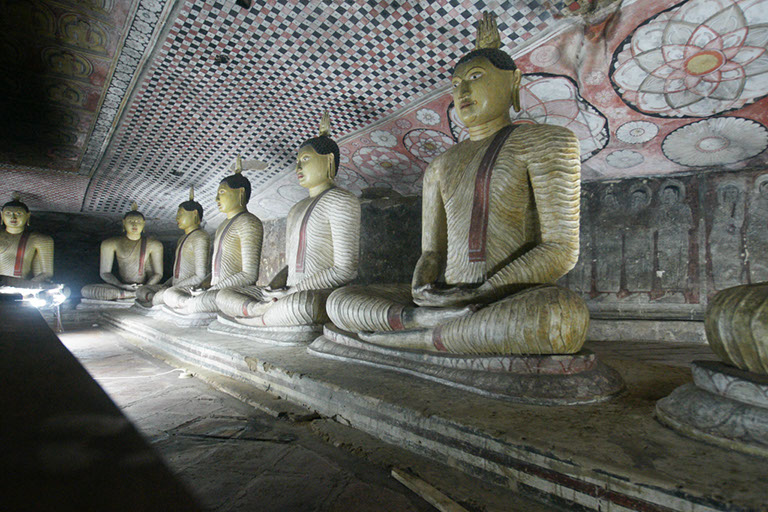
The third cave, the Maha Alut Vihara, the "Great New Monastery" acquired ceiling and wall paintings in the typical Kandy style during the reign of King Kirti Sri Rajasinha (1747–1782), the famous Buddhist revivalist. In addition to the 50 Buddha statues, there is also a statue of the king.
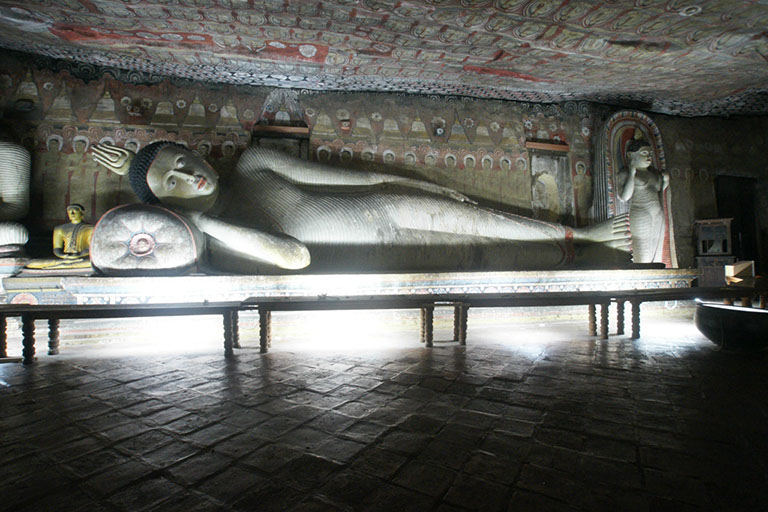
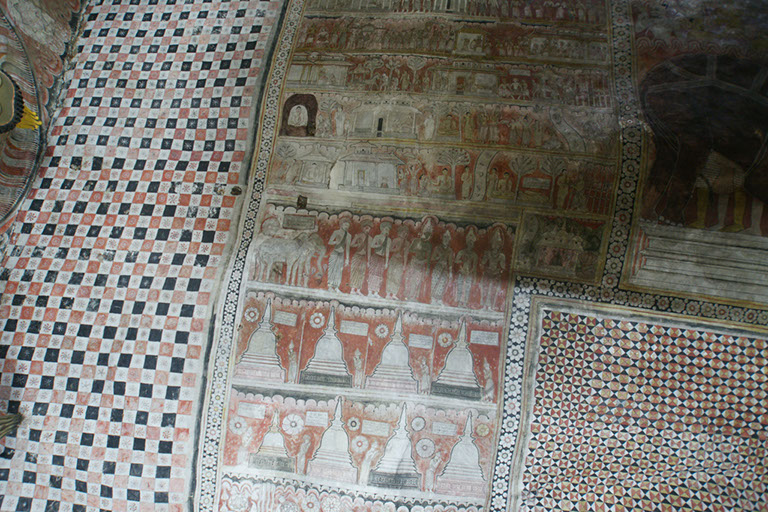
Deckengemälde in der Höhle
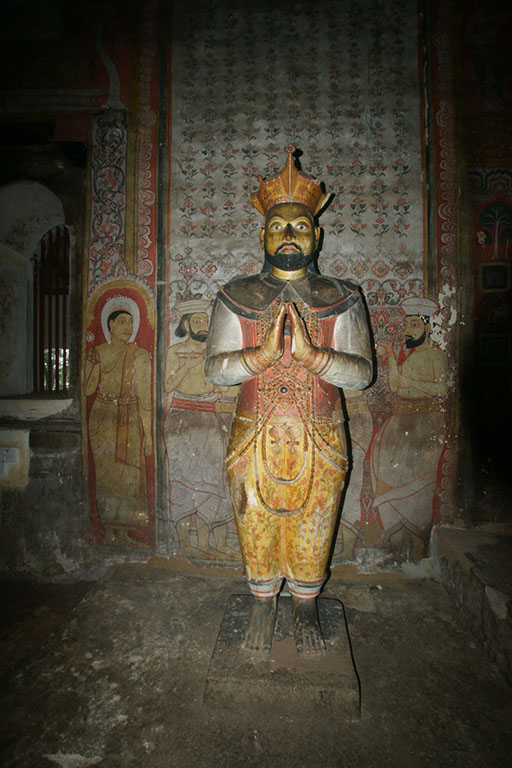
Der letzte König Sri Lankas - King Kirti Sri Rajasinha (1747–1782)
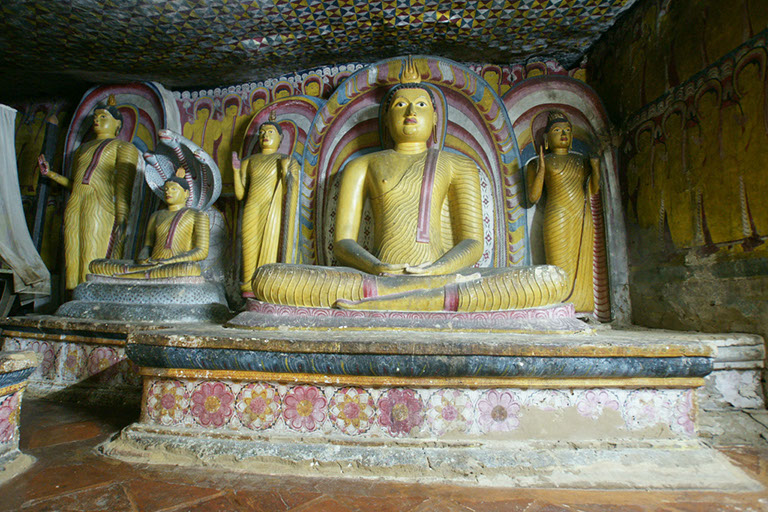
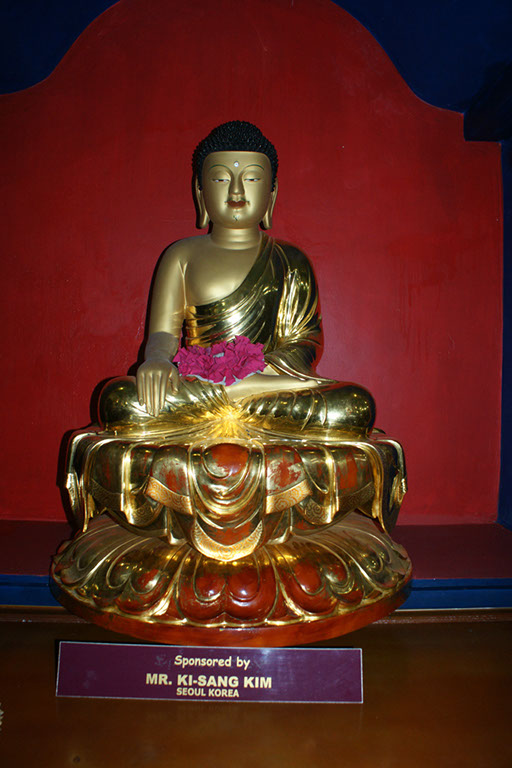
In der ersten der vier Höhlen gab mein Blitz seinen Geist auf. Es knallte fürchterlich (wahrscheinlich war es zu nass). Die Bilder wurden aber auch ohne Blitz, da man die Kamera immer irgendwo hinstellen konnte und so große Belichtungszeiten nicht verwackelten. Im Buddha – Museum waren Buddhas aus aller Welt vereint, Spenden aus vielen buddhistischen Ländern.
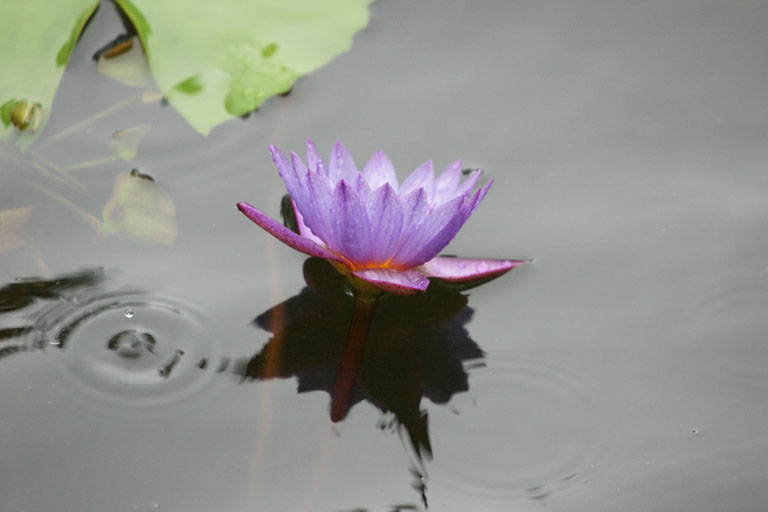
Blaue Seerose - Nationalblume Sri Lankas
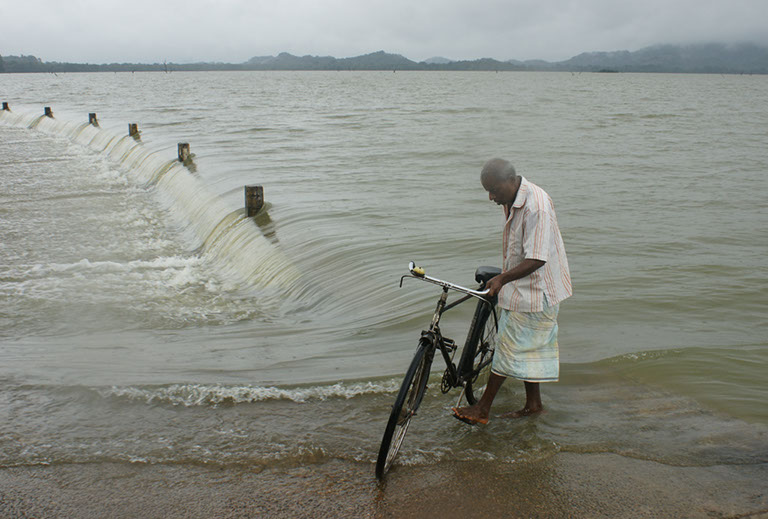
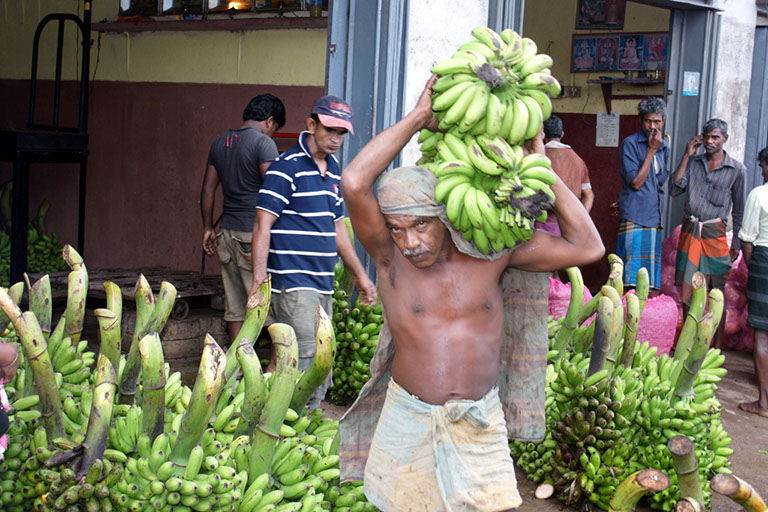
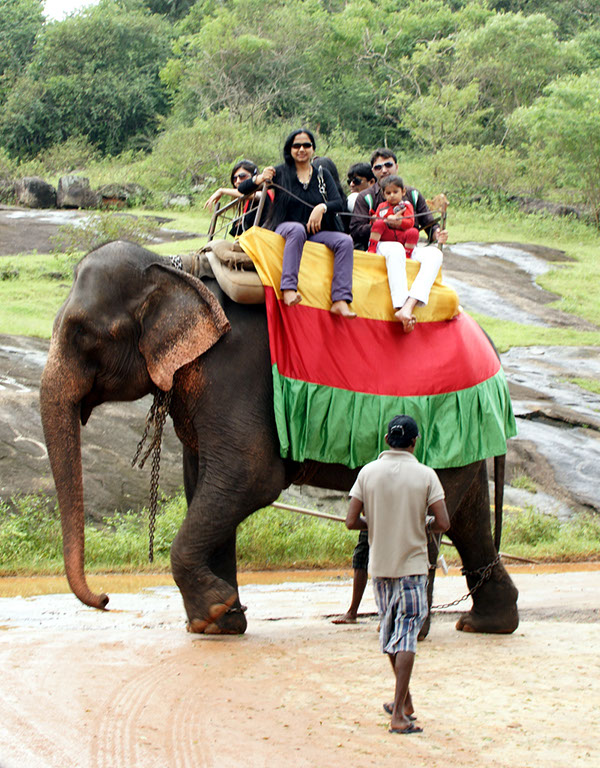
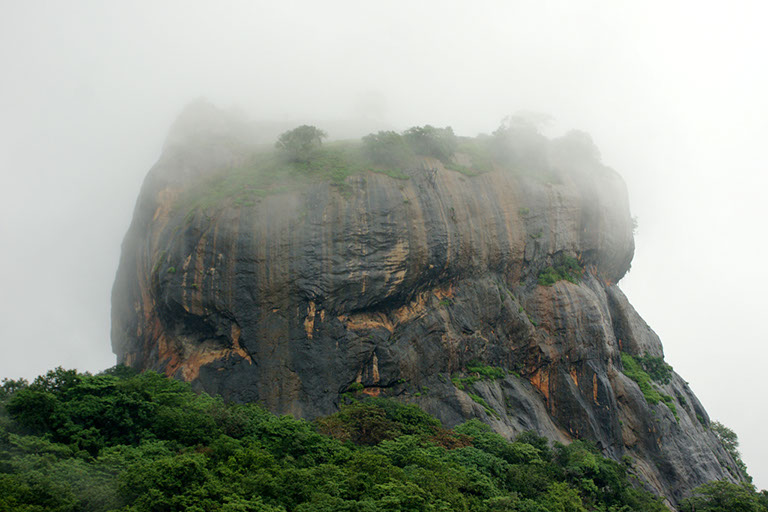
Vom Elefanten sahen wir zu unserer Linken den Sirigiyafelsen
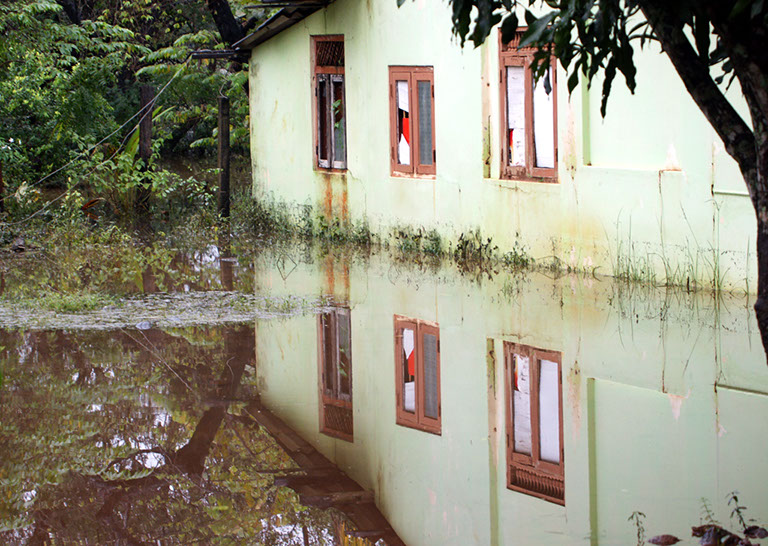
Einige Häuser des Dorfes standen noch im Wasser wegen des anhaltenden Regens
Abendbrotessen gingen wir in unserem alten Hotel. Es ist Montag und die ersten E-Mails trafen wieder ein. Beim Abendbrot fiel ab und zu der Strom aus und so hatten wir ein Candlelightdinner mit bats (Fledermäusen) und Chinesen am Nebentisch.
Vogel des Tages: Adler
